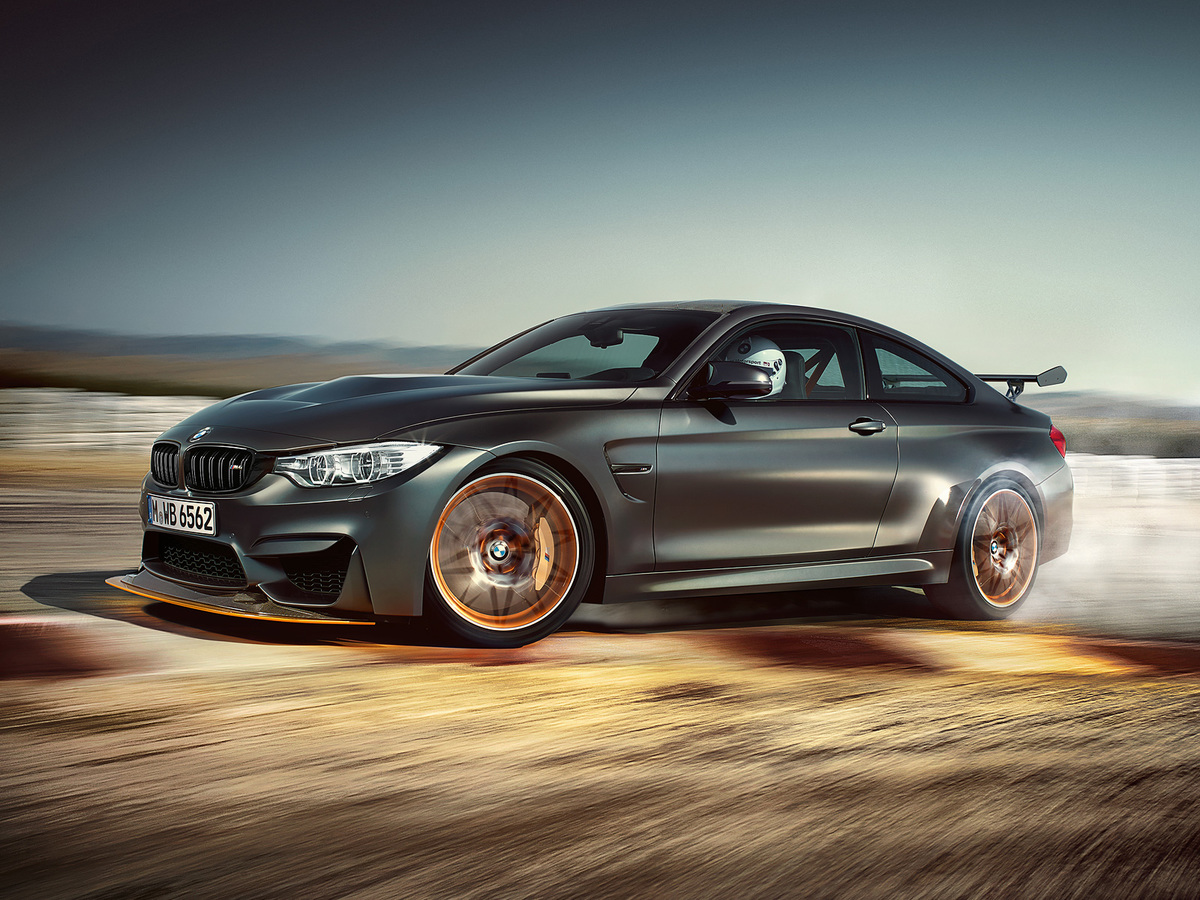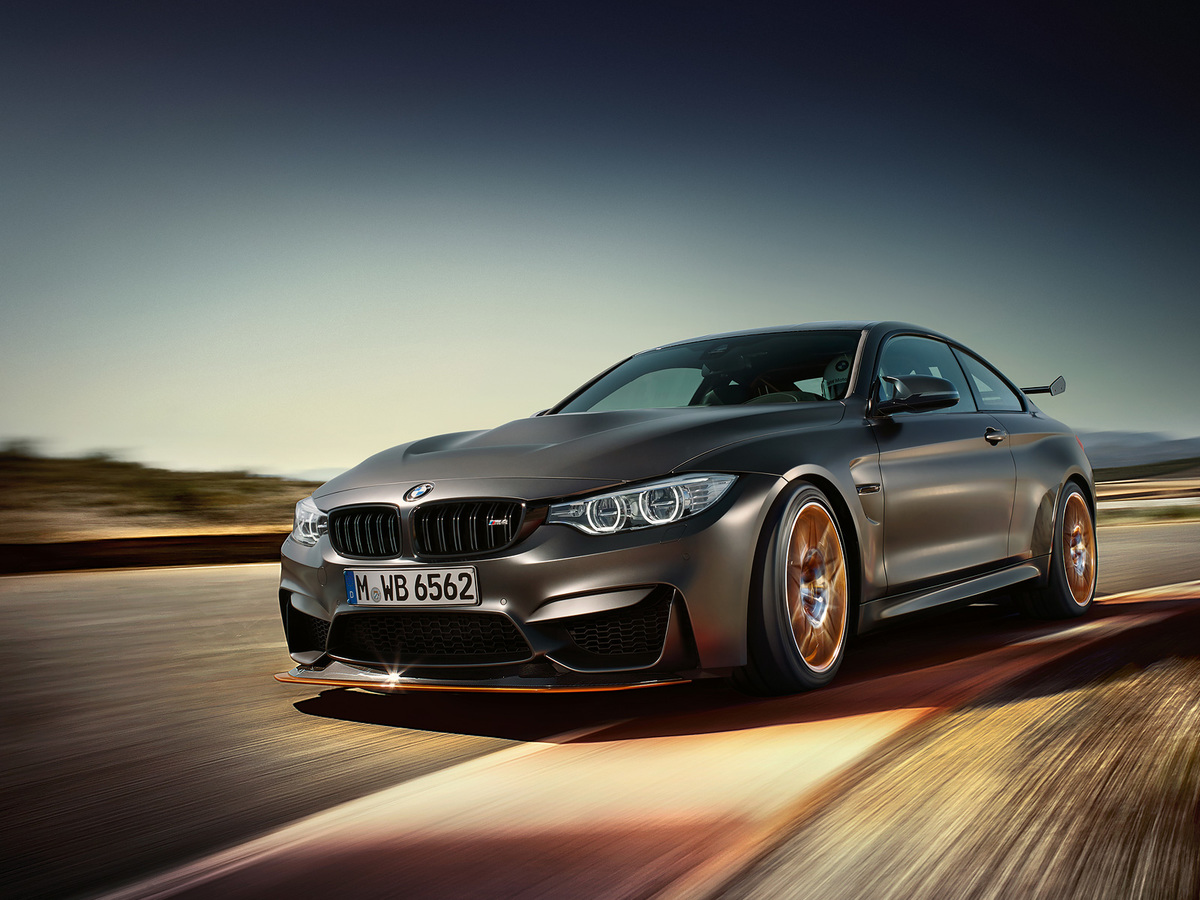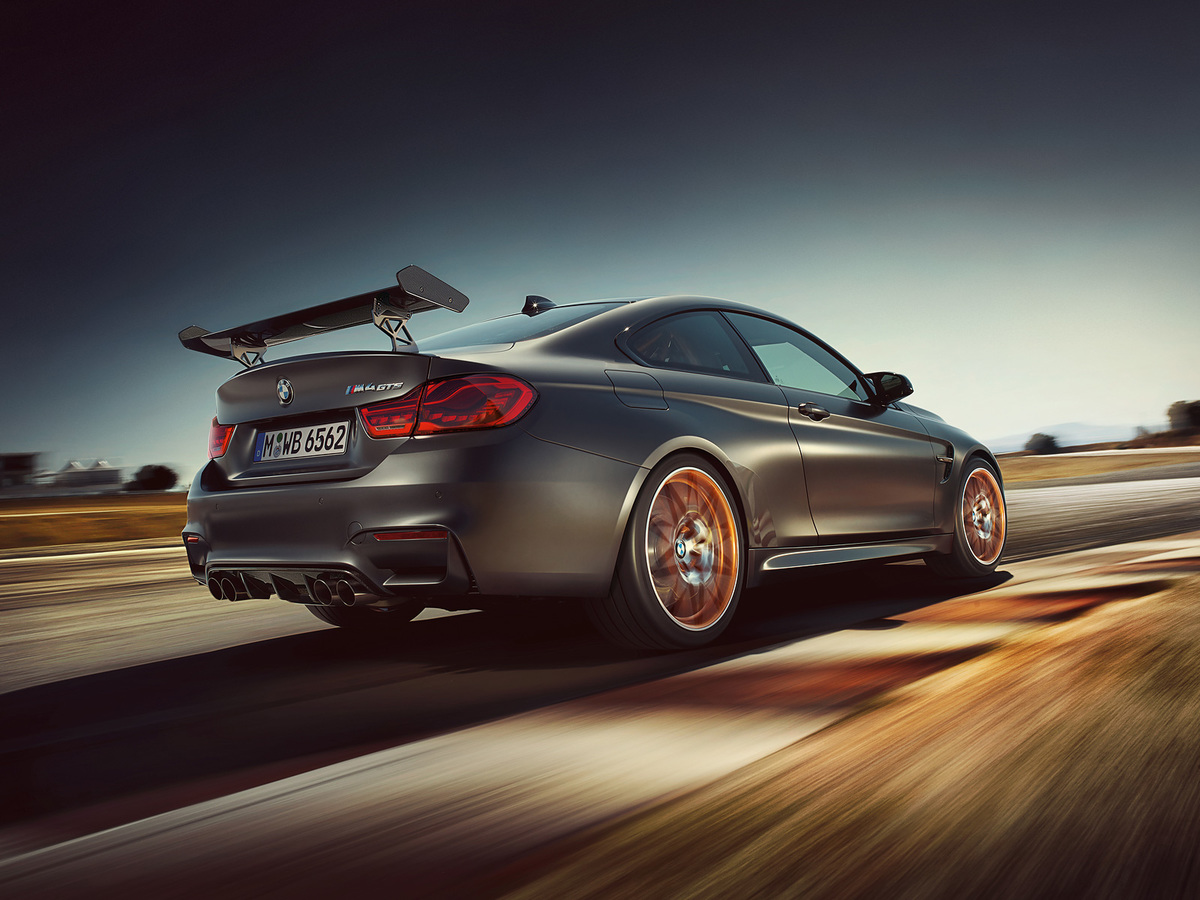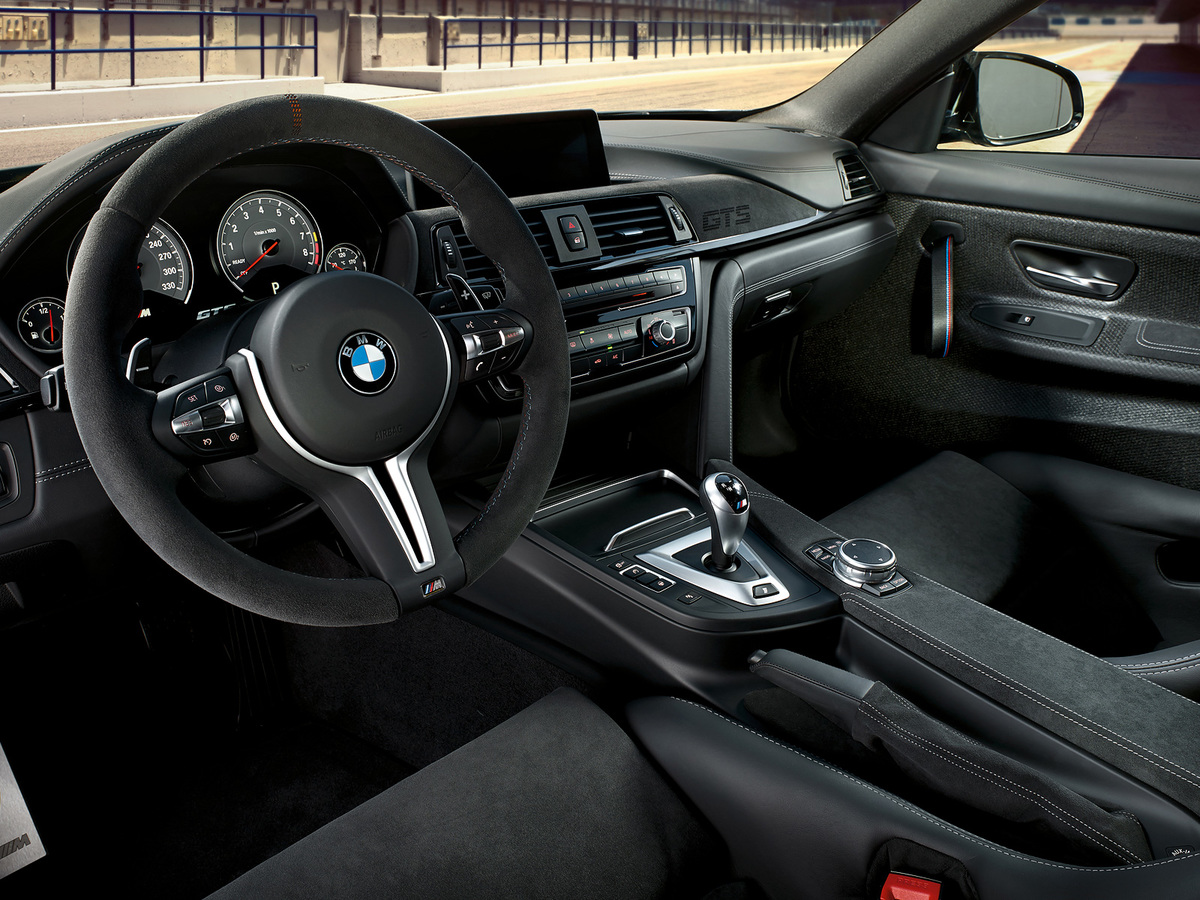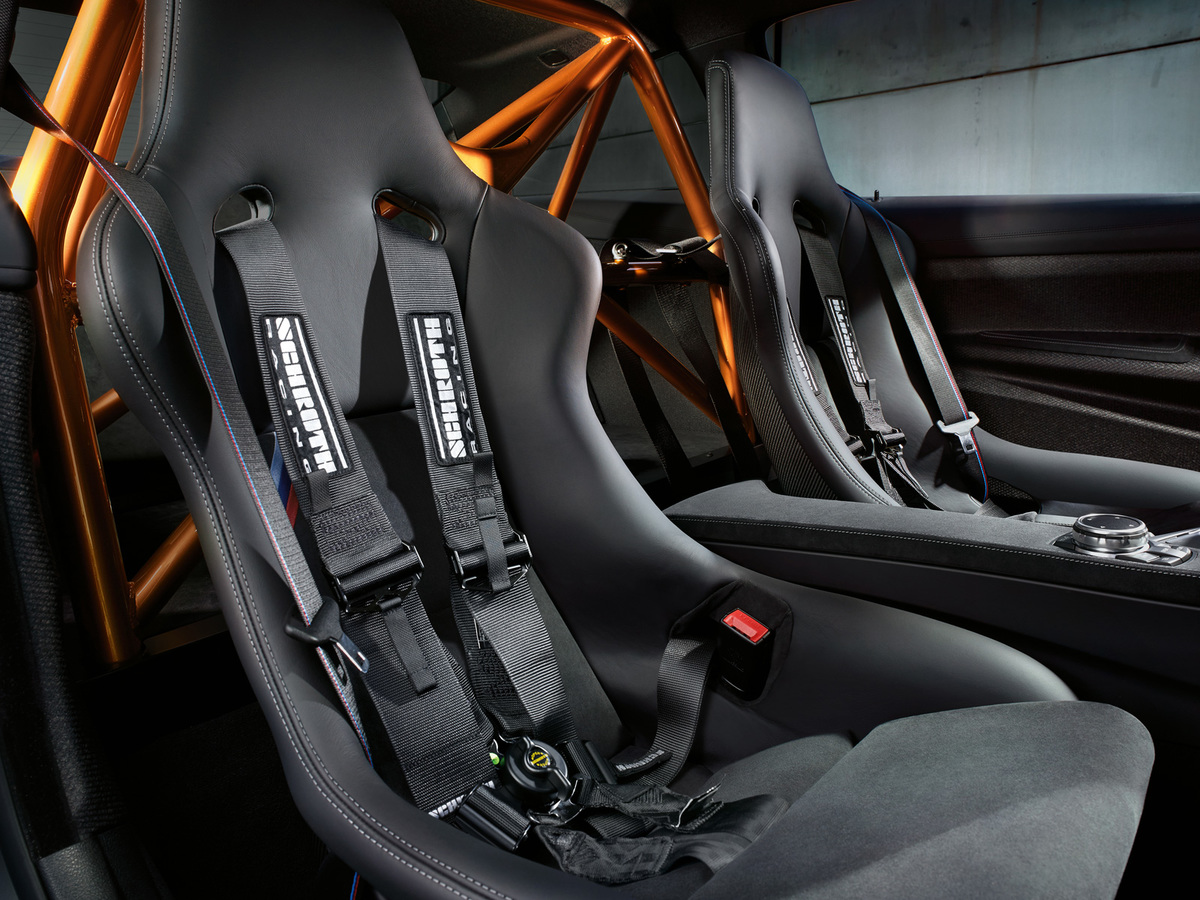Now that’s what I call high-quality H2O.
BMW’s M4 GTS, the first Bimmer to ever feature water injection, is officially the quickest production vehicle the company has ever made. Like the standard M4, the sculpted two-door boasts a twin-turbo, 3.0-liter straight-six, but the hardcore track monster boasts some unique tech that pushes its performance to the next level.
The GTS’ water injection system is actually fairly simple. It consists of a 1.3-gallon frost-proof tank, a water pump, a few valves, and a bevy of of sensors, all of which work together to spray a fine mist of dihydrogen monoxide into the engine’s collector before it enters the combustion chamber. The result is lower intake temperature, increased density, improved fuel efficiency, and higher performance, which makes sense given similar systems have been used in racing for years.
This time around, water injection boosts the 3.0-liter’s output from 425 horsepower and 406 pound-feet of torque all the way up to 493 hp and 442 lb-ft. Combined with its 200-pound weight savings and improved suspension, the limited-edition M4 is quite the capable track car, further evidenced by its exclusive front splitter, rear spoiler, and roll cage.
BMW has released a video of the car lapping the famed Nurburgring, and it accomplishes the feat in just 7:27.88. Not only is that the fastest time for a production BMW to ever lap the ‘Ring, it bests the likes of the Ferrari 458 Italia, Porsche Carrera GT, and the McLaren MP4-12C, albeit by a hair’s breadth.
Check out the gorgeous HD video of the stunt above, which features racing driver and BMW chassis development guru Joerg Weidinger behind the wheel. As a bonus, Weidinger gives helpful narration on how to properly navigate each of the Nurburgring’s corners, which should come in handy for your next trip to Germany.
